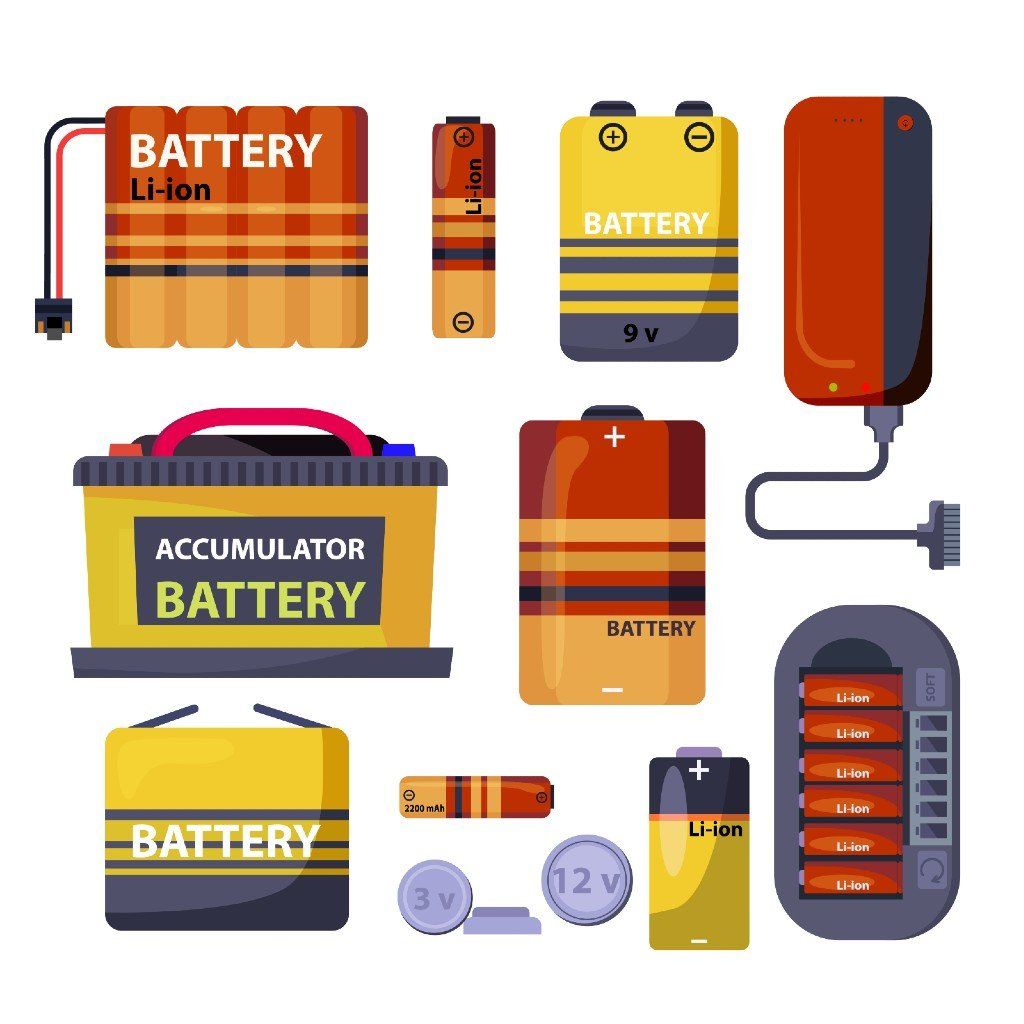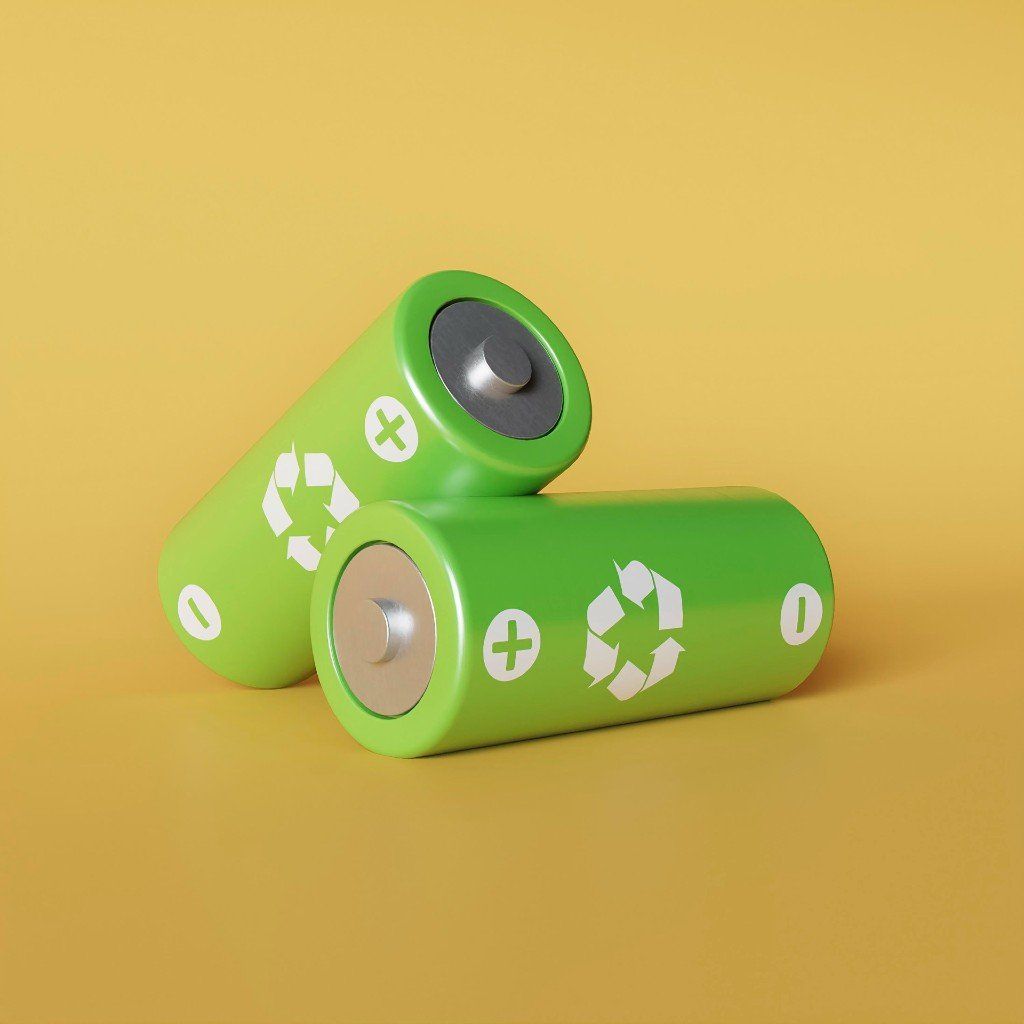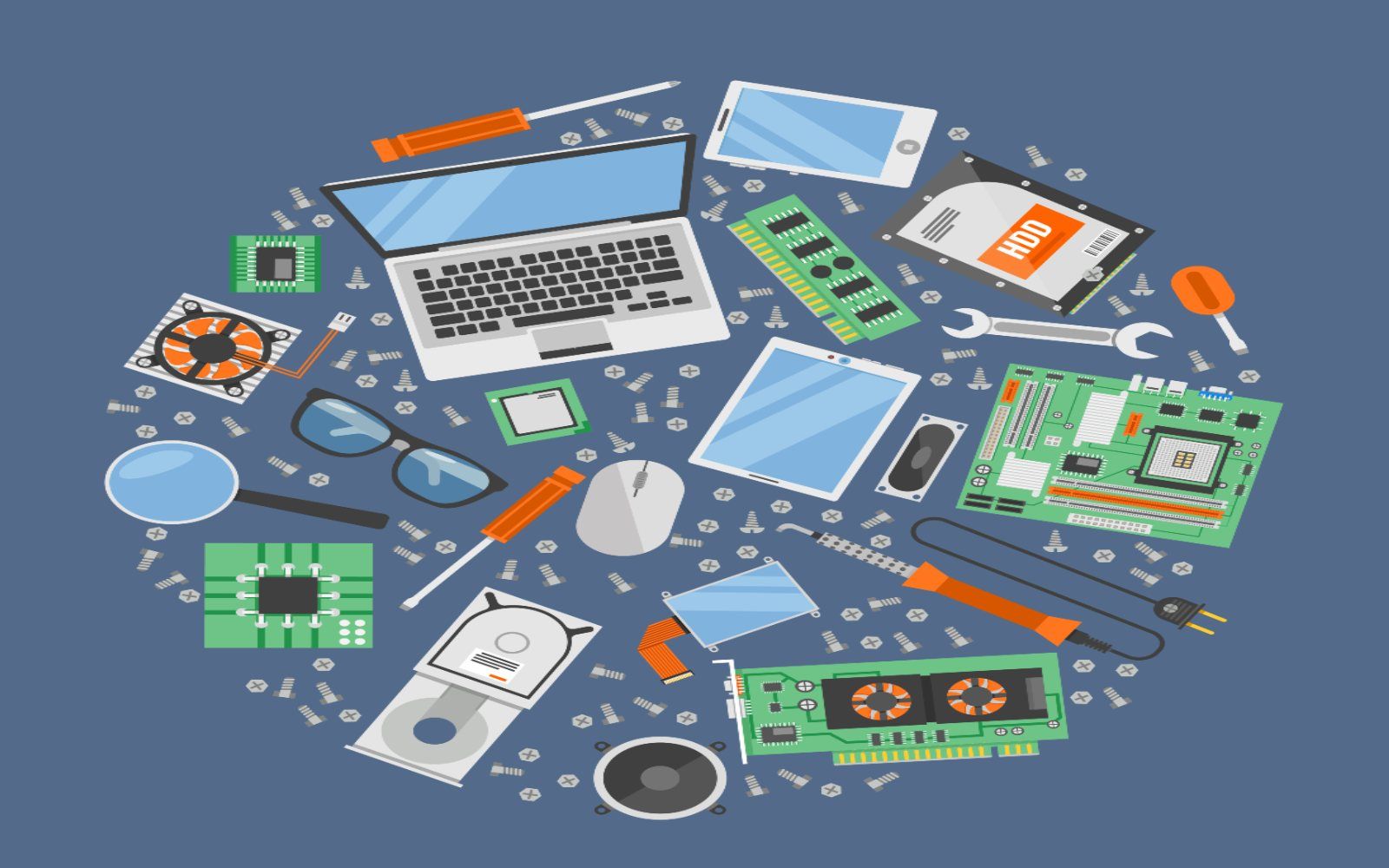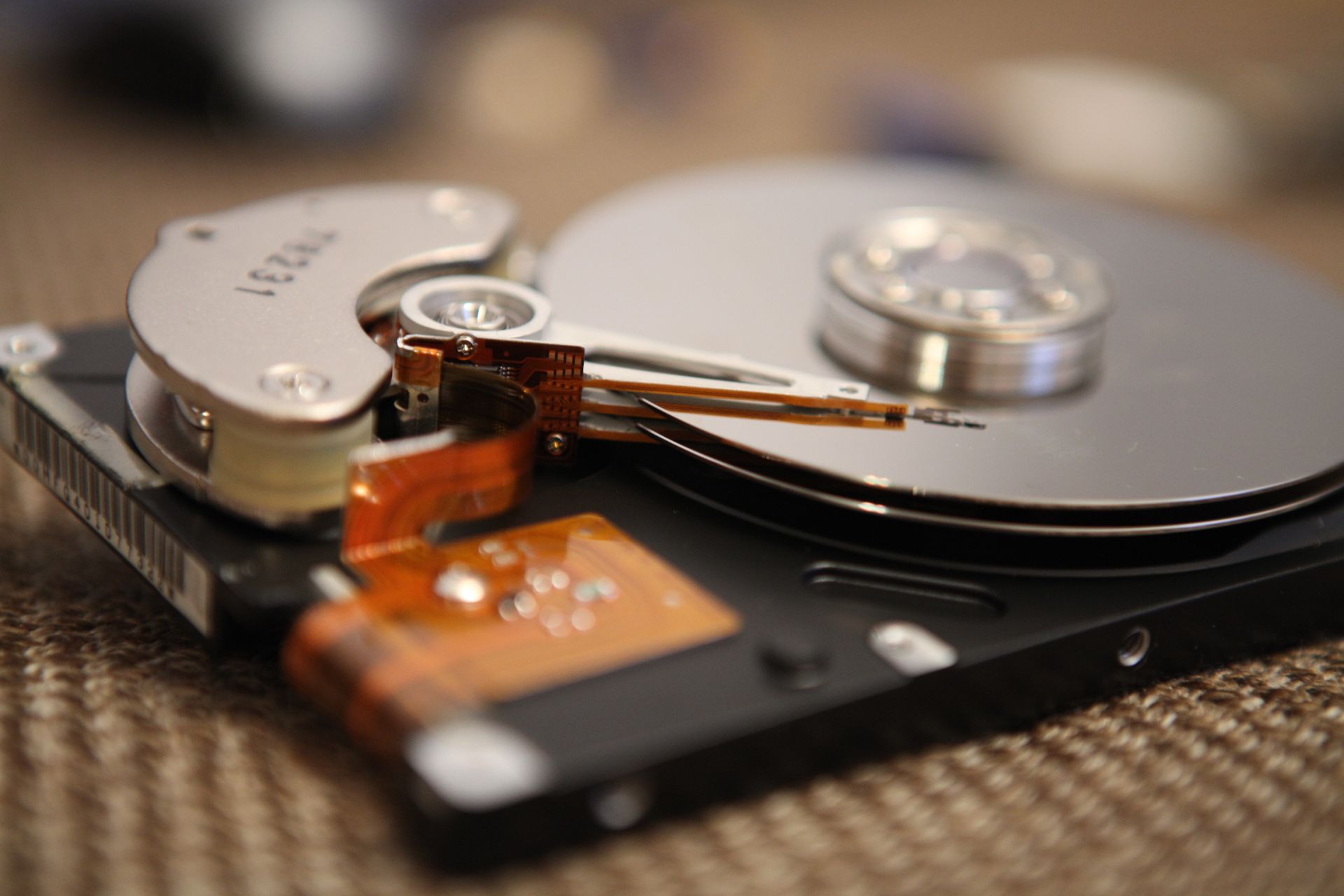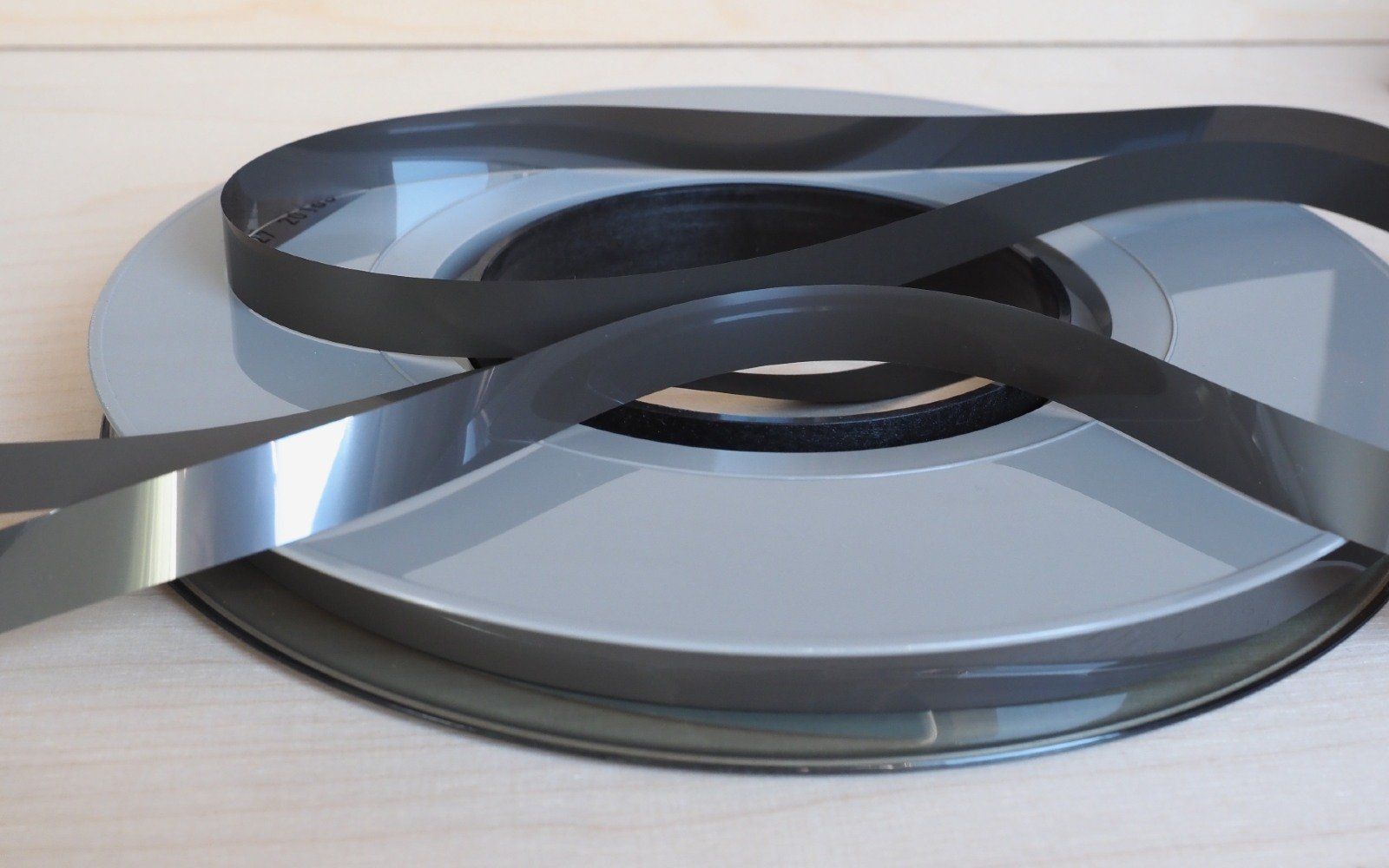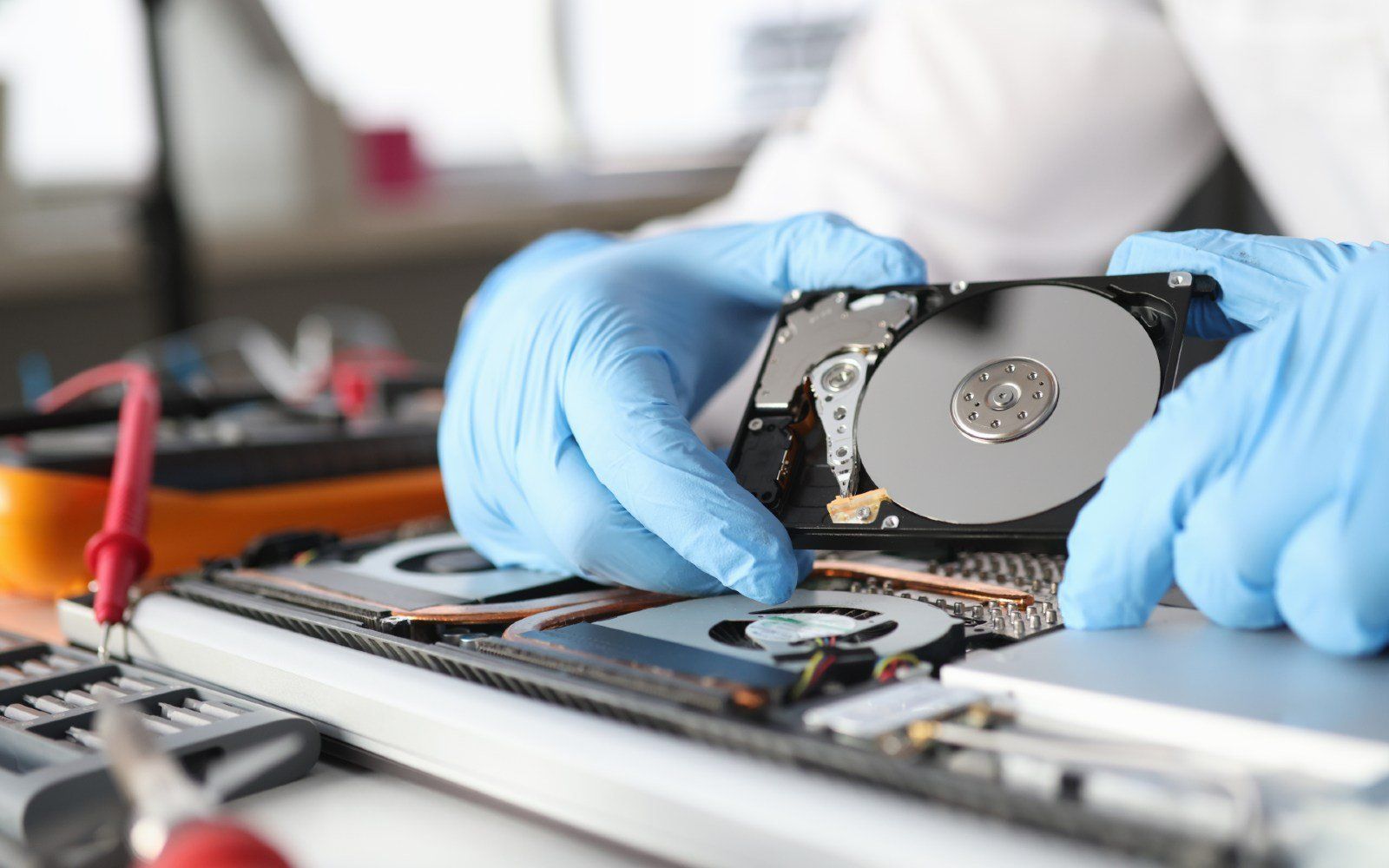How to Dispose of Computer Batteries
Different types of computer batteries
Although the purpose of batteries is almost the same for different devices, there are two main types of batteries. The first one is the
primary battery or non-rechargeable battery, and the second one is the secondary battery or the rechargeable battery.
Primary Battery
Non-rechargeable batteries are considered primary batteries because they can be used only once. After consuming the full capacity of the battery, it needs to be disposed of. These types of batteries cannot be recharged or used again. Here are the most common primary batteries you probably encounter every day.
- Alkaline Battery
An alkaline battery is a primary battery that derives its power from the reaction between zinc metal and manganese dioxide. It became available in the market in the 1950s and is now considered the most popular household battery. It can be found on remote, wall clocks, toys, flashlights, portable radios, and many more. The main advantage of an alkaline battery is its portability and diversity. The small and compact design of the alkaline battery makes it easy to store at home. Also, alkaline batteries are easy to purchase, because it is available in different stores.
- Coin Cell Battery
Another typical non-rechargeable battery you probably encounter every day is the coin cell battery. Commonly, the coin cell battery mechanism is comparable to the alkaline battery but in a different form. The coin cell battery offers a more stable power supply as compared to an alkaline battery. It is smaller in size, lightweight, and can provide a high nominal voltage of up to 3V. It is used on a wristwatch, pocket calculators, miniature electronic devices, and small toys. Moreover, coin cell batteries are usually cheap in price and available almost everywhere.
Secondary Battery
Secondary batteries, on the other hand, are rechargeable batteries. From the term itself, it can be recharged and reused after the power supply is consumed. It has a longer life span as compared to primary batteries. But secondary batteries are a bit more expensive and are not lightweight. Here are the different secondary batteries you need to know.
- Lead-acid batteries
These types of batteries are the earliest type of rechargeable batteries invented. Gaston Planté invented it in 1895. Lead-acid batteries are enormous in size and heavy in weight. This type of battery is widely used in the automobile industry. It provides power to the lighting system of vehicles. Lead-acid batteries are cheap, easily rechargeable, and provide high power output capability. However, lead-acid batteries are hefty, occupy too much space, and the energy-to-size ratio is meager. The body of these kinds of batteries makes it perfect for huge electronic machines and vehicles.
- Ni-Cd batteries
Ni or Nickel and Cd or Cadmium are the main components of Ni-Cd batteries. These types of batteries are very comparable to alkaline batteries when it comes to use and design. It comes in different sizes such as AA, AAA, C, and rectangular shapes. It is used in rechargeable toys, solar-powered lighting systems, cordless phones, and other rechargeable electronic devices. The main disadvantage of Ni-Cd batteries is the low power density that will require you to charge them more frequently. It also contains toxic materials that are bad for human health and the environment.
- Ni-MH batteries
These batteries are made up of Nickel and Metal Hydride. It is available in almost all standard sizes of batteries and is considered the best alternative for an alkaline battery. As compared to Ni-Cd batteries, Ni-MH batteries have a lesser adverse environmental impact because of their properties. The downside of this kind of battery is it is susceptible to self-discharge. Self-discharge is a phenomenon in batteries where the substance reactions condense the stored energy of the battery.
- Li-ion batteries
Li-ion batteries are made up of lithium. It has a compact built and can be used in almost any device that has high power specifications. Currently, Li-ion batteries are considered the best types of batteries available in the market. It is very lightweight, has a high C-rating, high power density, and increased cell voltage. Conversely, these are very expensive, require a battery protection circuit, and susceptible to explosion when not used properly.
- Li-Po batteries
Lithium-Ion Polymer rechargeable batteries use high conductivity polymer gels or polymers electrolyte instead of liquid electrolyte. Compared to Li-ion batteries, it has protective features. It has a power density of 185 Wh/Kg. As compared to Li-ion, the built is thinner and more lightweight. But it is also susceptible to explosion when exposed to extreme heat, and it must not be bent.
How to tell if Computer Batteries need to be disposed of?
Computer batteries are an essential part of your devices. It can affect your work when it suddenly shuts down without allowing you to save your progress. As your computer ages, battery health also decreases. Battery issues are scary as they can cause your computer to shut down shortly or prevent you from turning on the device when not plugged in. There are few signs that your computer batteries need replacement and disposal.
Recharge your battery
To know whether there is a problem with the battery, open your computer or laptop and connect the power cord. Look for the battery icon usually located on the lower right side of your screen. If there is an X mark on the battery icon, it means that the battery is not detected. Another thing is to try to recharge your battery. Wait for a few hours or minutes to allow your computer batteries to recharge. After some time, check the battery status; if the battery still shows 0%, it clearly means that it is defective.
Physical Inspection and Cleaning
Before buying a replacement, try cleaning the battery and inspect it physically. To do this, turn off your computer, disconnect the power cord and detach the battery. Remove dust that might block metal connections between the computer and the battery. Also, check for unusual features or physical defects on the battery. After doing this, you can connect it again and check whether the battery is working. If after cleaning the battery and the problem is not yet resolved, then it indicates that it needs replacement.
Testing Applications
Another effective way to confirm if your battery needs replacement is the use of a computer application. There are programs to check different aspects of your battery. This software application can detect your battery charging time, full charge capacity, and battery life. Examples of these apps are Smarter Battery, Battery Eater, and Notebook Hardware Control. Other laptop manufacturer has built-in application to detect battery issues and to troubleshoot the problem.
Why dispose of computer batteries properly?
Wastes must be adequately disposed of regardless of what type of waste it is. Especially waste under the electronic cluster. Batteries, being one of the most common electronic waste, must be disposed of properly. But why? Batteries usually contain toxic chemicals such as lead, cadmium, lithium, and mercury. Disposing these on land will cause pollution and contamination to the living creatures. It can pollute the drinking water and cause health problems to humans and animals.
Another good reason why batteries must be
disposed of properly is it contains precious metals. Precious metals can be recycled and used to create new batteries. By recycling, you can minimize the need to mine earth resources.
Dispose and Recycle with Abtron Computer Services
Abtron is a reputable company that cares not just for its clients but also the environment. We provide IT asset supplies and different computer services. We help clients build their IT assets, and we also assist clients in securing their old computers' disposal. Abtron practices clean disposal of computers and other electronic devices to help reduce the mounting global electronic waste. We are not just computer services, and we also provide electronic recycling services for everyone. To know more about our services, contact us today!

